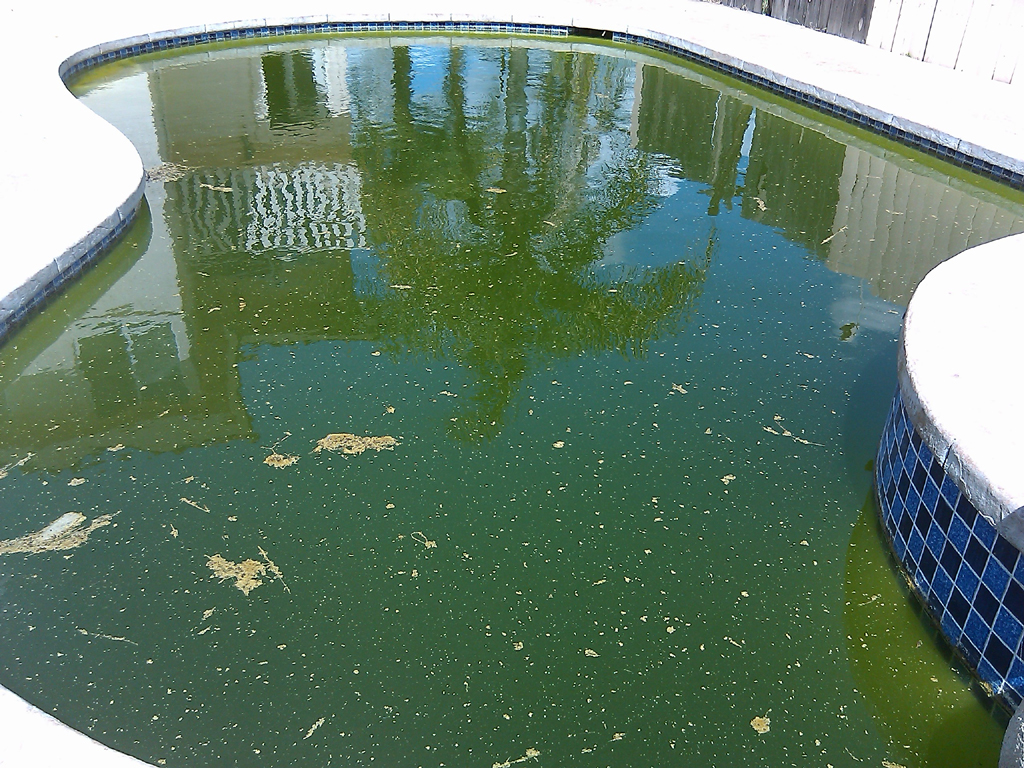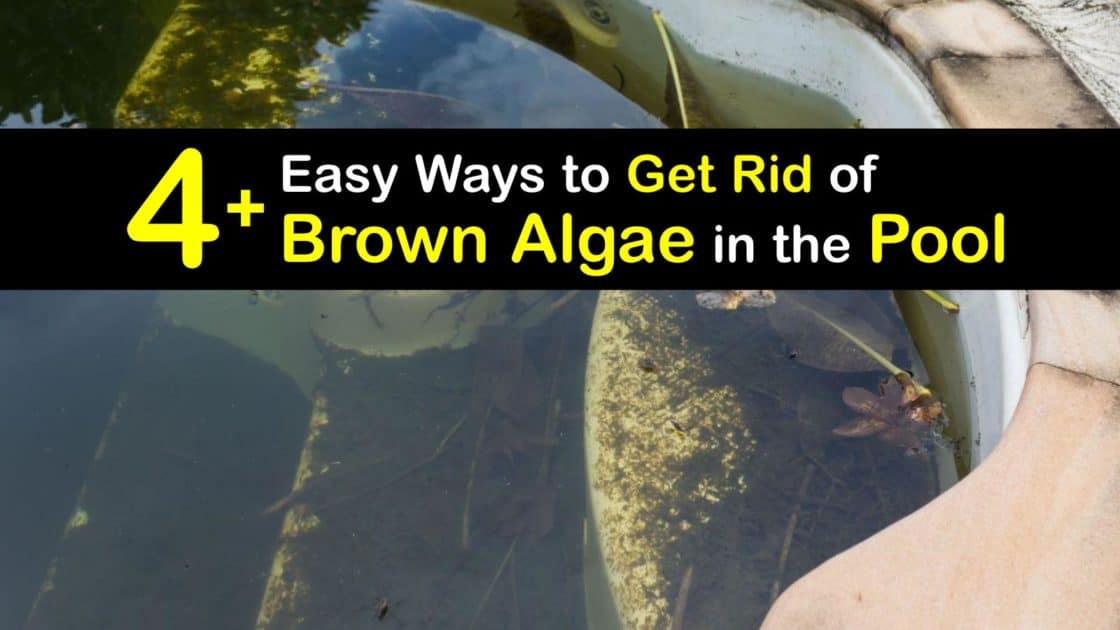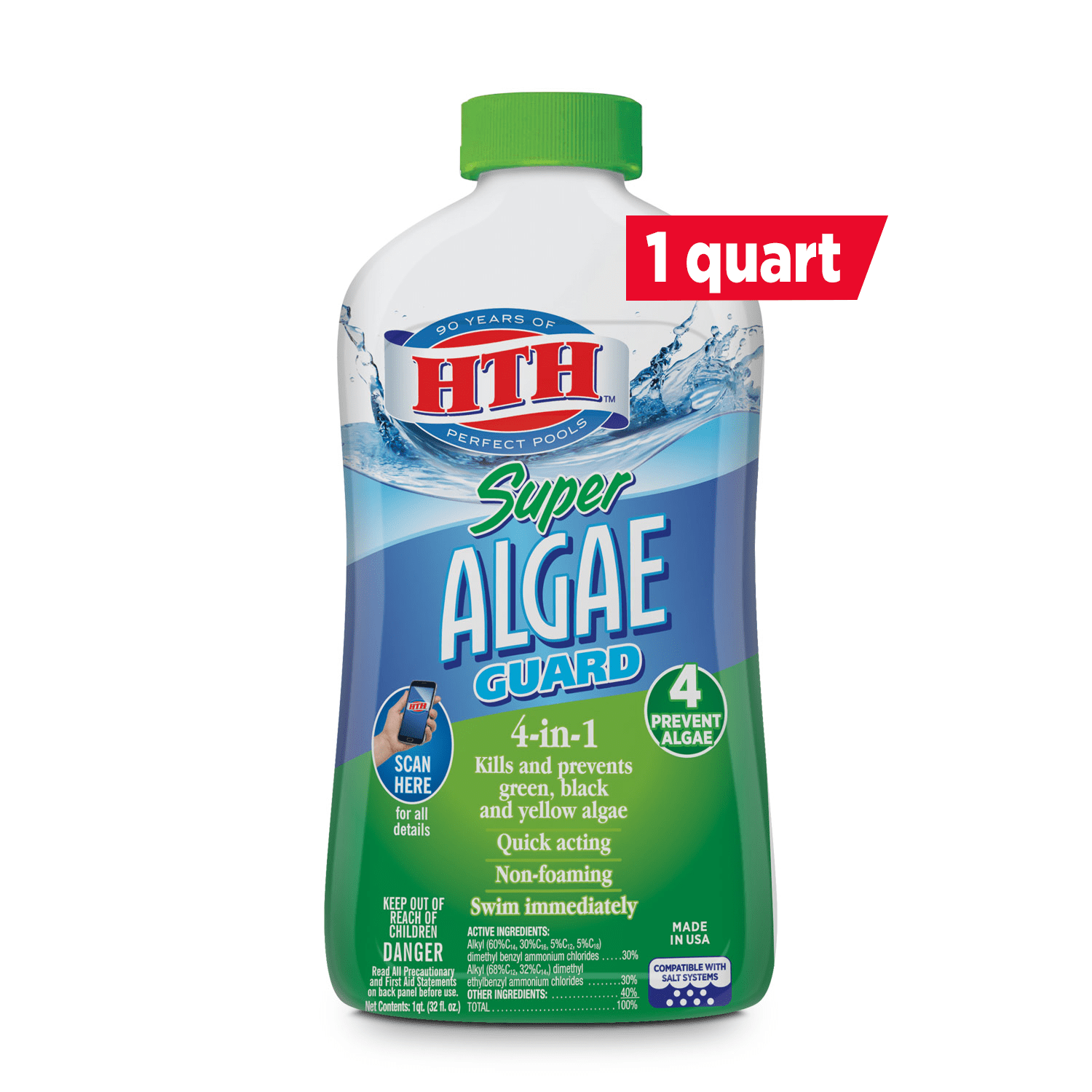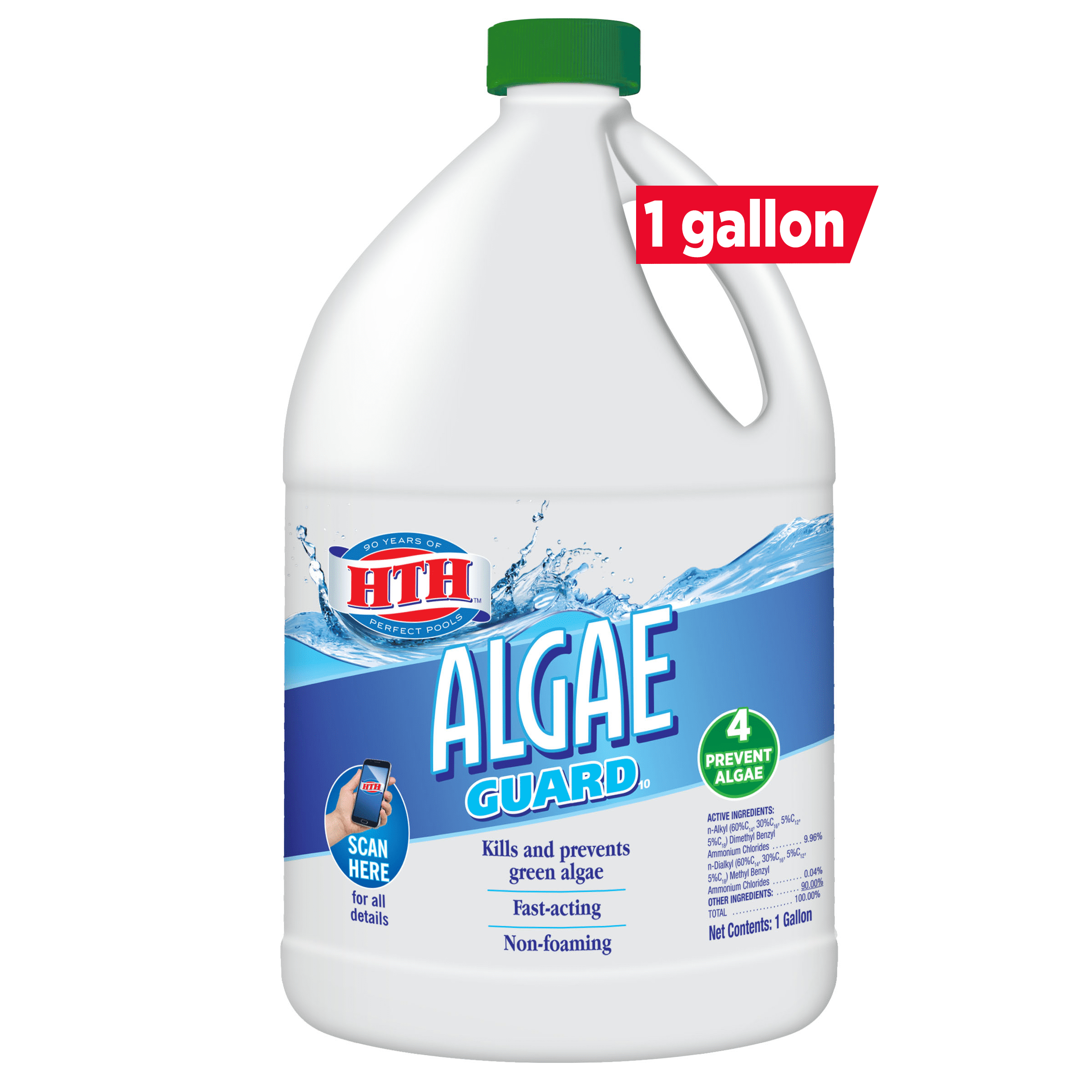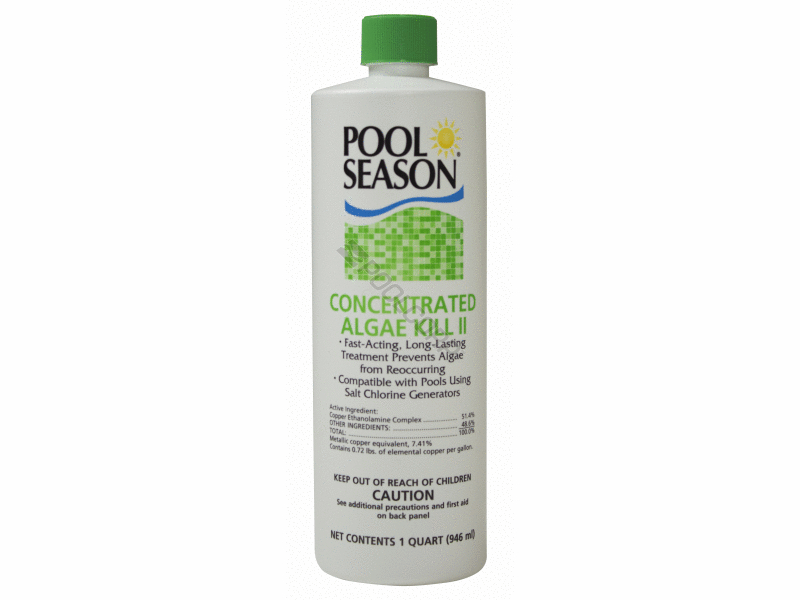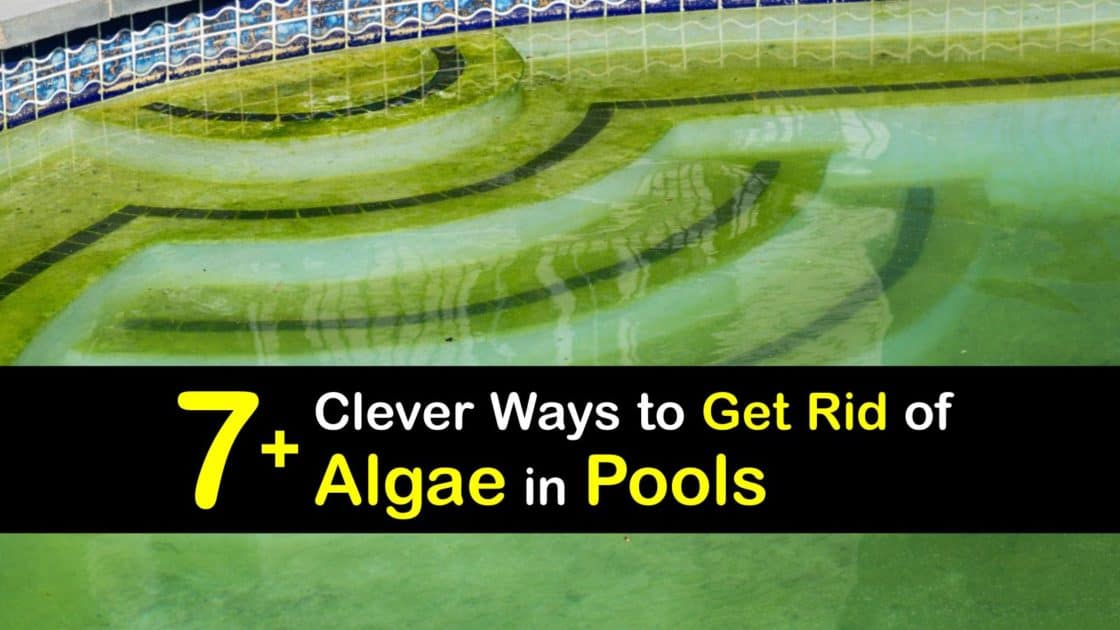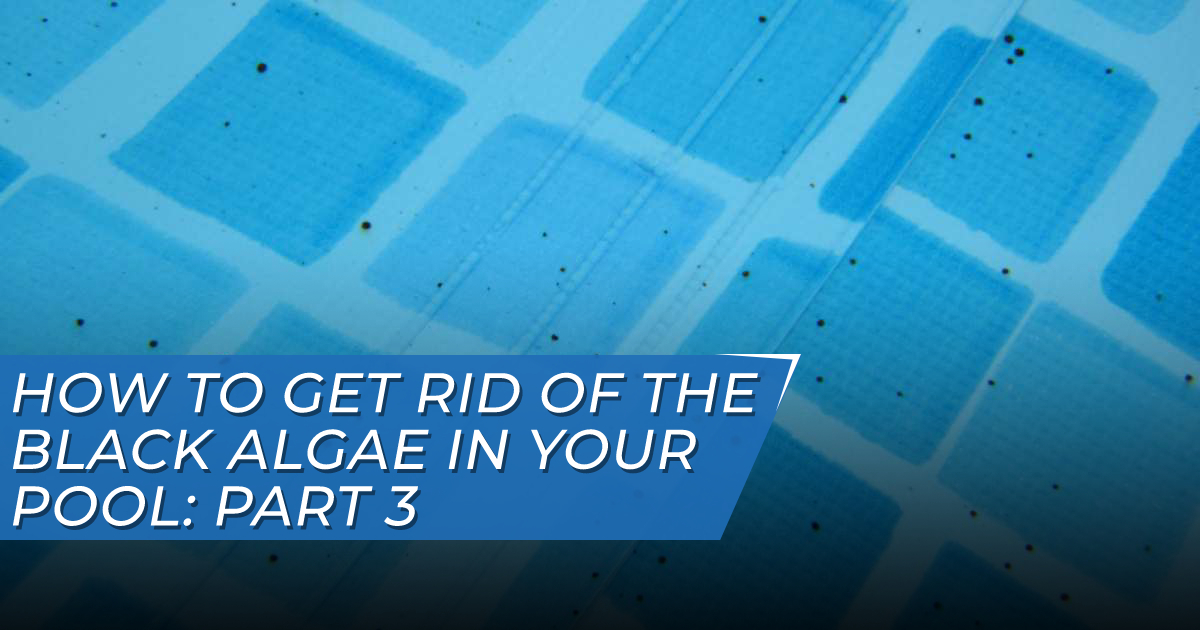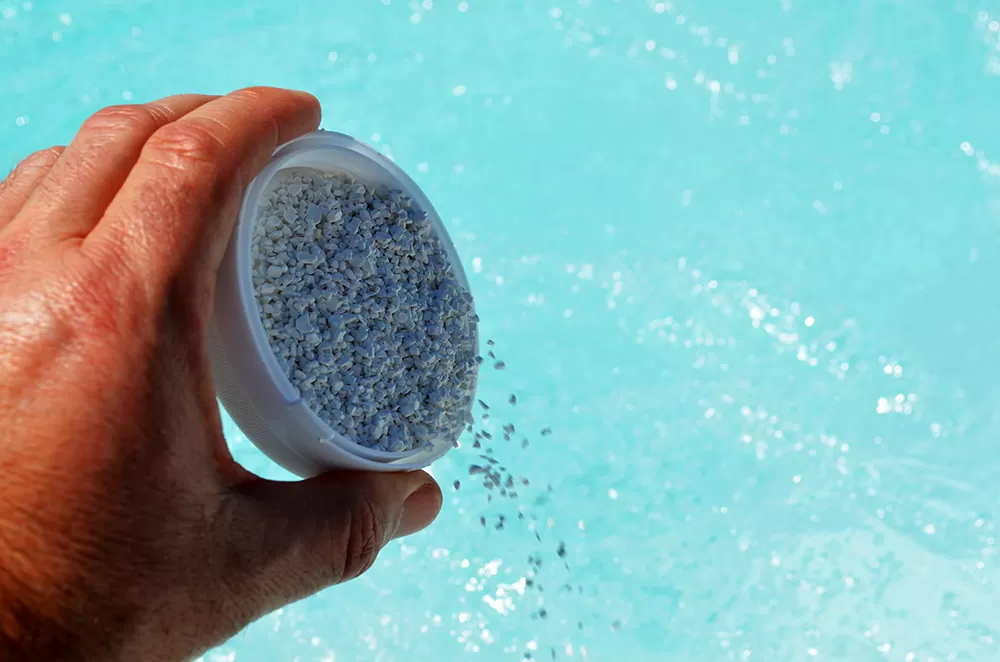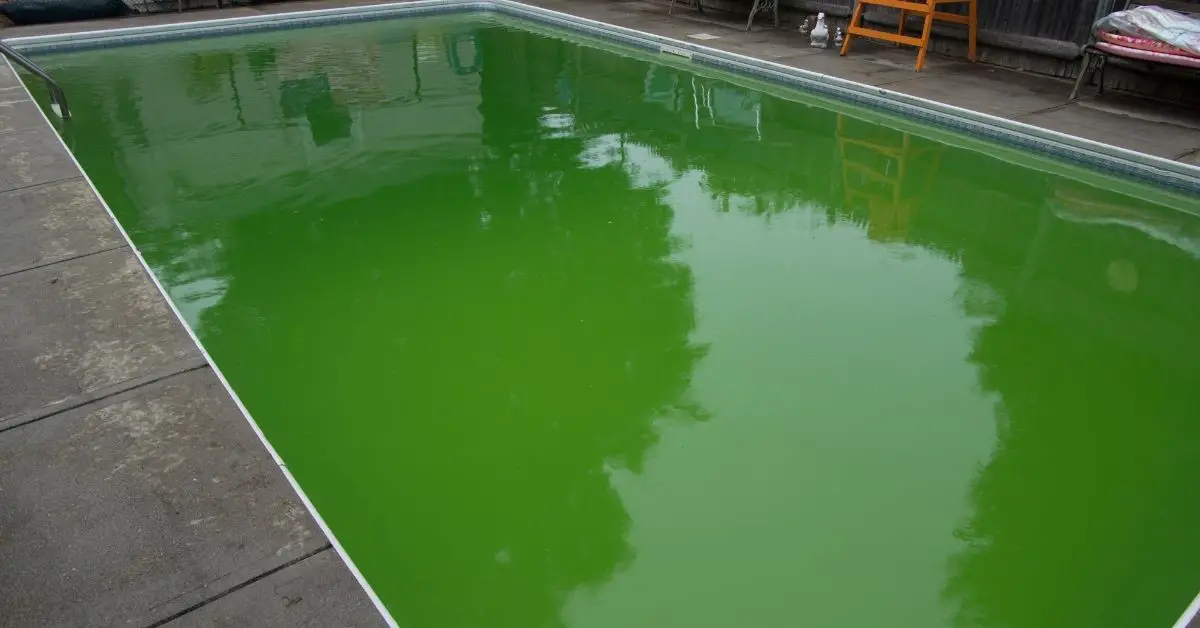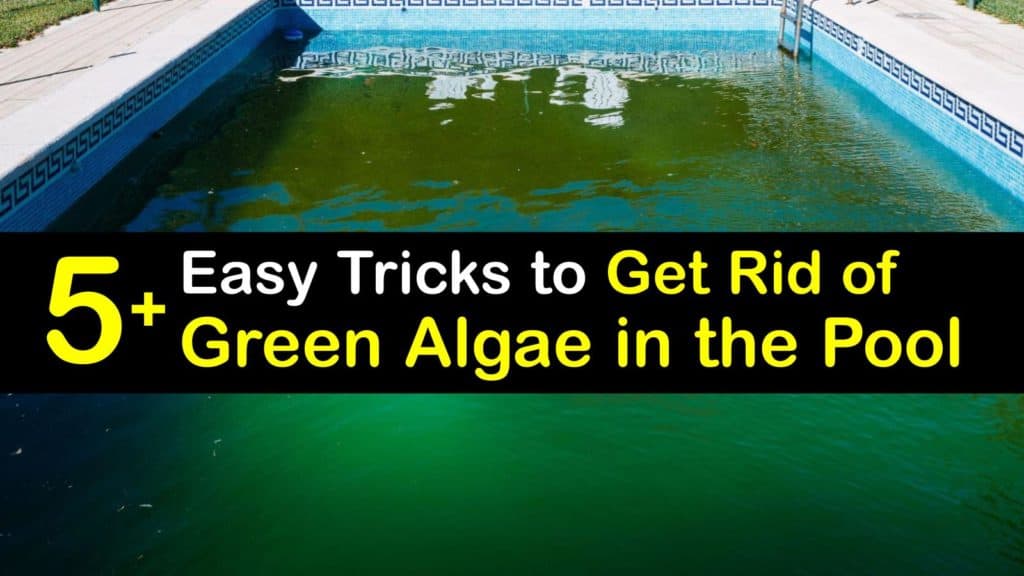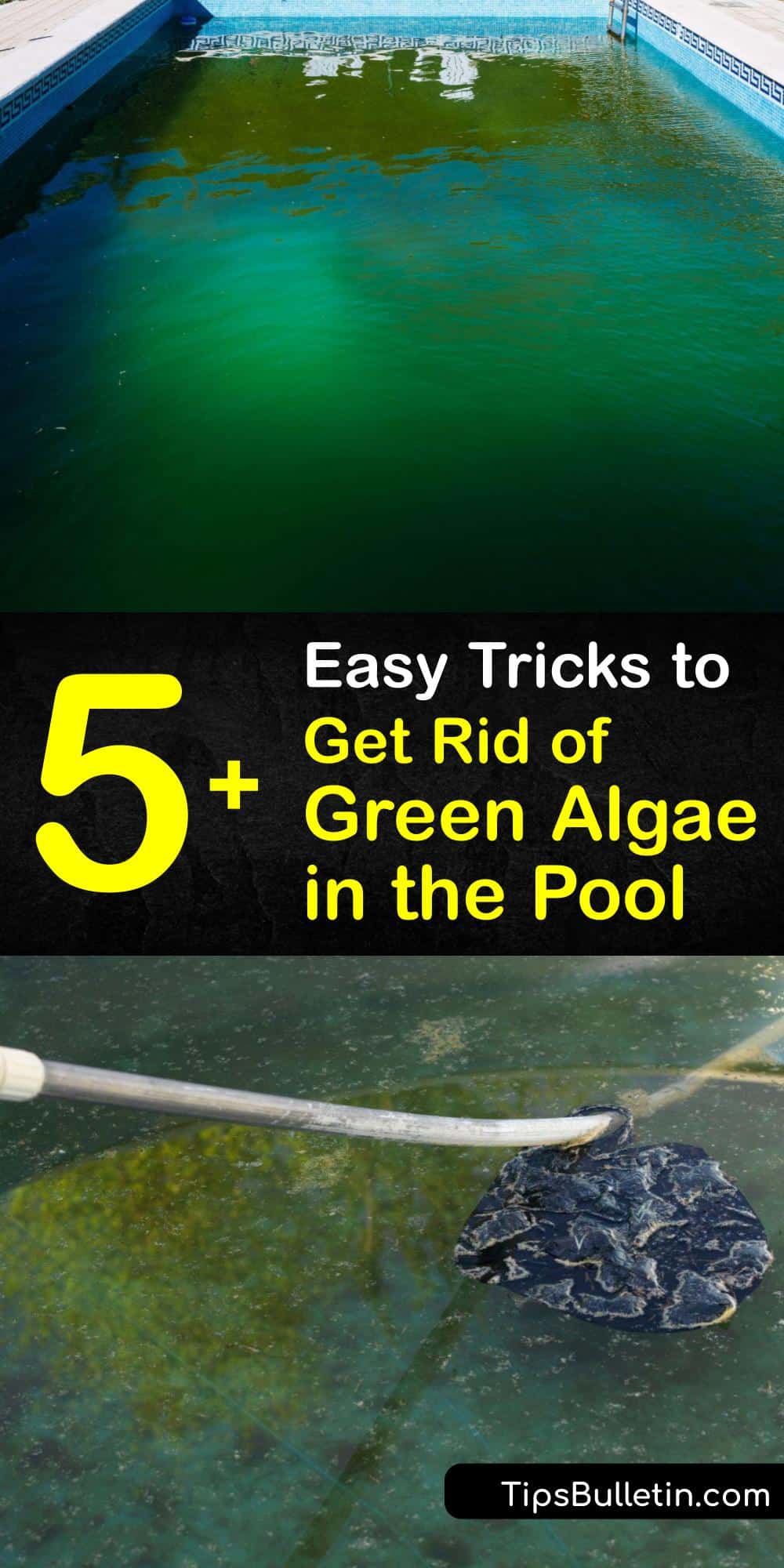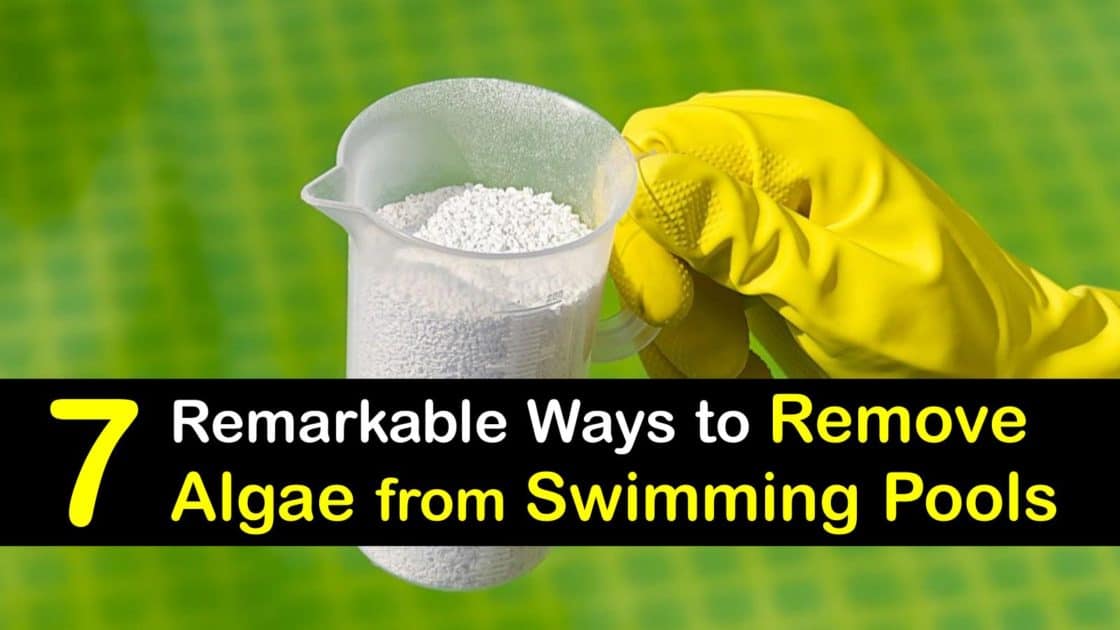Wonderful Tips About How To Kill Algae In A Pool

Set up your pool scrub brush
How to kill algae in a pool. If algae is left untreated, algae blooms can form in your pool. Maintain proper chlorine levels, keeping them between 2.0 and 4.0 ppm. Black algae can get into your pool several ways, but one of the most common is from swimming suits that have been in the ocean ( source ).
Should you vacuum algae out of the pool? Let the filter run and test again. Apply a flocculant to clear up algae residue.
Brush your pool walls and floor. What’s the best way to kill algae pool algae? Steel brushes work best on concrete pools while nylon brushes work better for vinyl pools.
Yes, you should vacuum algae out of the pool, but. The reason for algae growth is usually poor filtration or a lack of disinfectant solution. It's at this stage that you should start to attack it — green algae can grow quickly in 24 hours or less.
There’s not one way to kill algae in your pool water. Automatic or robotic pool cleaners aren’t well suited for cleaning algae. This method boosts chlorine levels quickly and helps in eliminating algae.
For more details, read my article on how to shock your swimming pool. Prevent algae with regular algaecide treatments. Method 1 chlorine shock treatment download article 1 scrub the walls and floor of the swimming pool with a pool brush.
A good circulation system, proper sanitizer levels, weekly shocking, and routine brushing should kill most of the algae spores before they become a problem. Instead, you need to use pool shock to clear up a green pool—the shock raises the free chlorine levels and will kill the algae. Remove phosphates with a commercial remover.
There are a few types of pool algae, with the most common type of algae being green algae. Matt walks you through the process of fixing green pool water by killing pool algae. How to get rid of algae in your pool in 13 steps 1.
This involves adding a large amount of chlorine to the pool water, which kills the algae and other organisms. I start by testing my pool water to check the ph and chlorine levels—balancing them is the first step to clear water. Those pesky little spores stick to the cloth and hop off in the pool the first chance they get, so be sure to use bleach to clean them.
To keep your swimming pool free of algae, you first need to ensure that the ph levels are balanced. The microscopic size of algae means that there are already millions of these plants generating before we can even see them, so the best course of action is prevention, which means staying on top of pool care is essential in order to stop this invasive menace. Ensure the pool pump is running and pour the mixture from the bucket into the water around the edges of the pool.
